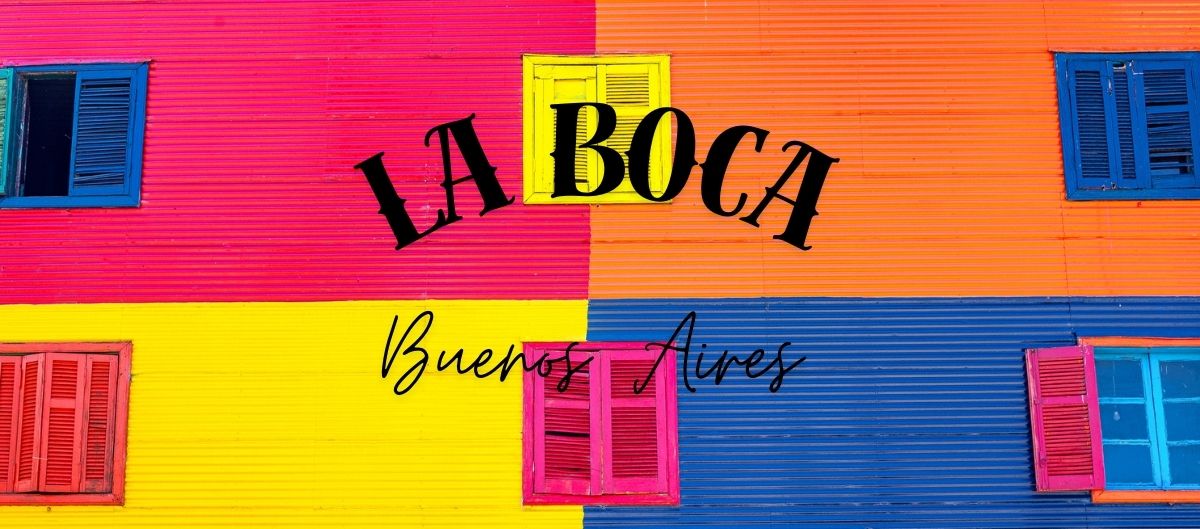The Brilliant Colors of La Boca Tell Buenos Aires’ Stormy History

At first, it is all kitschy street drama.

Tango couples inviting tourists in for the photo op with tipped hat and mimed kisses.

There is much more to the story of La Boca. This colorful neighborhood located in southern Buenos Aires brims with street tango performances, soccer fans and art museums.


Named after its location at “the mouth” of the river Riachuelo, whose waters flow into the Río de la Plata, it was once a gritty shipyard bustling with European immigrants.

Now this vibrant port houses local artists and middle-class workers. You’ll find the modern art museum and Caminito, popular with tourists and flanked by bright murals and shimmering tenement houses called conventillos.
This colorful tradition began with the largely Italian immigrants creative use of leftover paint from nearby shipyards in the 19th and 20th century.

It’s also home to a daily craft fair, the Feria de Artistas Plásticos de Caminito, where you can pick up some souvenirs.

Caminito is located south of Microcentro in the neighborhood of La Boca, a short walk from the soccer stadium La Bombonera, the blue and yellow stadium of Argentina’s most popular soccer team, Boca Juniors.
Street art tells another darker story, one of “Los Deseparacidos”, and its associated struggles for justice and remembrance are deeply rooted in the history of Argentina, a nation with a rich cultural heritage, including neighborhoods like La Boca.


The Last Argentine dictatorship (1976-83) killed thousands of citizens through kidnapping, torture, arbitrary executions and “disappearance”.

The actions of the military regime during the Dirty War left deep scars on Argentinian society, and the fight for truth and justice continues to this day.
Waged by the military dictatorship under Jorge Videla, known as the “Hitler of the Pampa”, Argentina’s military set about crushing any potential opposition and eventually 30,000 people were killed or disappeared, almost all of them civilians…At least 500 newborns were taken from their parents while in captivity and given to military couples to raise as their own.
The Guardian

Organizations like the Mothers of the Plaza de Mayo, a group of mothers who have organized protests to demand information about Los Deseparacidos, decorate the walls and still march each Thursday, seeking answers. The white kerchiefs became the group’s symbol and street art memorializes both their continuing efforts to find and identify the missing and unidentified.
It was a beautiful, sunny morning in this working class barrio of La Boca and the old quarters of San Telmo and Caminito in Buenos Aires.
But there were deeper, darker and more painful stories being told in the bright, bold colors on the walls of La Boca and I was listening.
Related Posts
Rio de Janeiro and the Girl from Ipanema: Where Music Meets the Sea
Rio de Janeiro is more than a city—it’s sun-soaked poetry. From the iconic Christ the …
May 3, 2025Visit the Most Beautiful Bookstore in the World
It’s called El Ateneo, Spanish for “The Athenaeum”, a place associated with learning, the arts …
April 26, 2025

Leave A Comment